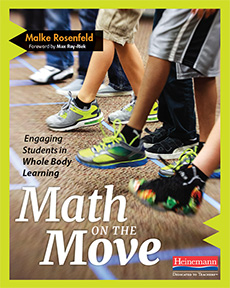There are many ways to start the school year in math class, some are better than others. Building a culture of risk-taking, mistake-embracing, hard-working, respectful students who view themselves as mathematicians is no small feat.
When trying to instill a risk-taking, mistake-embracing culture. I find it helps to make mistakes yourself! #MTBoS #Iteachmath #SwDMathChat pic.twitter.com/c5PYjWjiZl
— Andrew Gael (@bkdidact) September 19, 2017
Why is this important? Because research says that the way student’s view themselves in math class can predict future attainment levels in math class. Also, developing a productive disposition towards mathematics is a key to any student’s success in school. So should we focus on developing classroom norms or beginning the year with math tasks? Tracy Zager, author of Becoming the Math Teacher You Wish You’d Had, weighs in.
Whether we choose to start the year by jumping into a rich task on the first day, or by engaging in a reflective study about what it means to do mathematics, or by undertaking group challenges and conversations to develop norms for discourse and debate, we must be thoughtful about our students’ annual re-introduction to the discipline of mathematics.
So this year in order to re-introduce our students to math, we developed a collection of activities specifically chosen not only to engage students meaningfully in mathematics, but to also develop a productive disposition to mathematics as well. Continue reading



